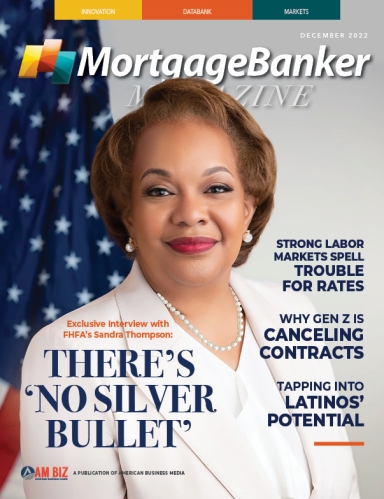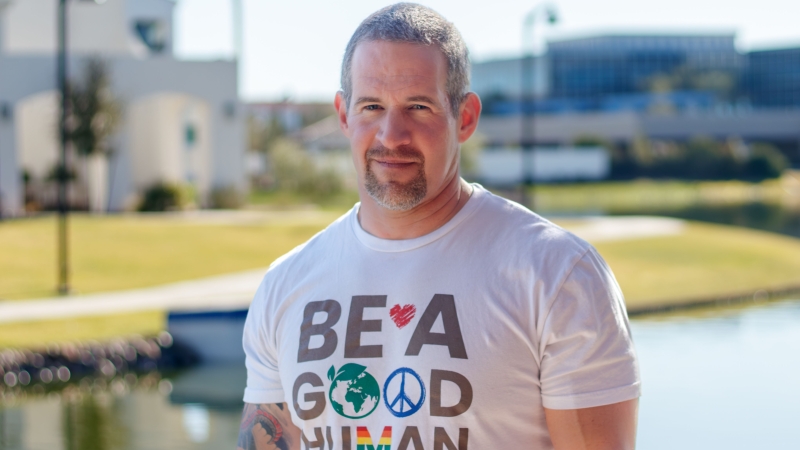The challenge, in Hill’s view, is identification verification, which is contributing to customer friction, the inability to detect malicious bots and being able to distinguish between legitimate and fake customers.
But, Hill said, those who do engage in best practices can lower the cost and volume of successful fraud while improving their ID verification and fraud detection effectiveness.
That doesn’t mean that LexisNexis analysts expect the issue to go away anytime soon though, as the pandemic and a growing mobile channel have added to the increased risk of fraud, especially with call-center and phone-based interactions.
“Fraudsters are always one step ahead,” Hill said. “They’re financially motivated.”
They also warn that businesses that don’t embrace changing technology will be left behind and that customer expectations must be balanced with fraud protection, as cybercriminals continue to become more sophisticated in their use of bots and synthetic identities.
“It would behoove the industry to think like fraudsters,” Hill said.
The growing occurrences of global data breaches doesn’t help, as criminals use the dark web to get the information they need to masquerade as customers and commit fraud.
“Lenders need to focus on finding it up front. “You spend money at the application stage,” she said, adding that it could be something as simple as checking how long an email address has been in existence.
ANOTHER TAKE
Corelogic, a fintech company that provides financial, property and consumer information to the mortgage industry, has its own take on the issue of fraud.
In its most recent annual fraud risk report, released in September, analysts there said that, while overall fraud is down 7.5% year over year (company officials said some of the decrease may be due to a change in the way the company analyzes statistics) they expect it to go up in the future.
But there were categories that experienced increases year over year.
The included: income fraud risk, up 27.3%; property fraud risk, up 22.6%; ID fraud risk, up 4.7%; and transaction fraud risk, up 1.6%.
According to the Corelogic report, industry experts say their number one concern going forward is income fraud and that they are including insiders, such as loan officers and mortgage brokers who could alter documents in order to process a mortgage as part of that concern.
Analysts said that income sources have no definitive source of truth and that the rise in remote work has made that even more difficult.
“There is no simple solution to income fraud, but we continue to build our techniques and data to identify high-risk situations,” the report said.
According to the report, analysts are also keeping a close eye on increased risk in multi-family mortgage applications, and noted that the risk of fraud is 4 times higher than for single-family homes.
Mortgage rates also drive different types of fraud, according to Bridget Berg, a principal at Corelogic and one of the leading fraud risk experts in the mortgage field.
When rates are low, occupancy fraud is more prevelant.
And when they go up and people can’t sell their homes, Berg said, that’s when more serious fraud occurs, such as straw buyers, or a lender taking advantage of someone who isn’t financially literate.
Another problem, she said, is that fraud doesn’t alway present itself immediately.
“It could be a year or two before you identify fraud,” she said.
Berg said the most important things for lenders to remember is that the tone starts at the top and not to rely on process over common sense.
“Do the smell test,” Berg said. “Does this transaction make sense?”
WHY LENDERS SHOULD CARE, BESIDES THE MONEY
Kip Mendrygal is a Dallas-based attorney who speaks frequently on the subject of mortgage fraud. A partner at Locke Lord, Mendrygal specializes in white collar investigations and defense involving public companies and financial institutions, corporate executives and high profile individuals involved in a variety of highly sensitive civil, criminal and regulatory investigations.
He is often called on to speak to groups about what happens when fraud investigations go bad.
“These investigations can whip-saw,” Medrygal said, “and companies can find themselves under investigation and getting charged.”
Mendrygal said it’s typical to expect that some borrowers lie, but added that some lenders do too.
“They know or they turned a blind eye and made it last longer,” he said.
Next thing you know, Mendrygal said, is the company that reported the fraud is under investigation for not being diligent.
That’s where he comes in.
“I help the mortgage industry design compliance programs,” he said. “I tell them do what you do with more force because when the crap hits the fan you need to show you bought in.”
Others warn against trying to be the good guy who gets a mortgage application over the finish line because a borrower was so close and seemed like a worthy risk.
If or when it goes bad, experts say, that borrower will point the finger at the good guy and say they never should have been qualified for the loan.












